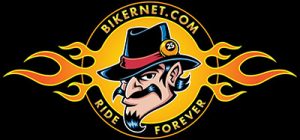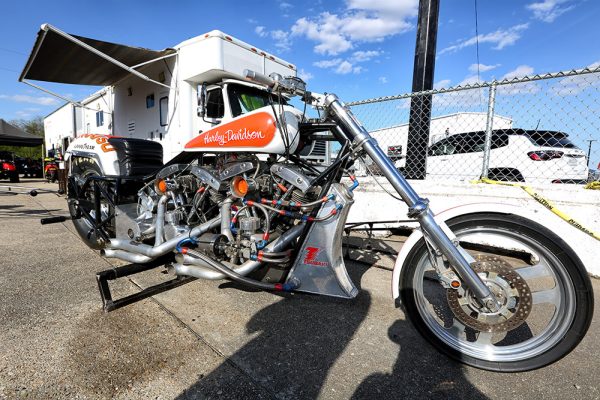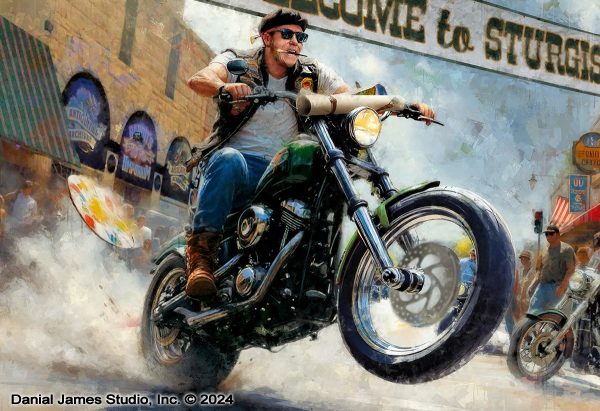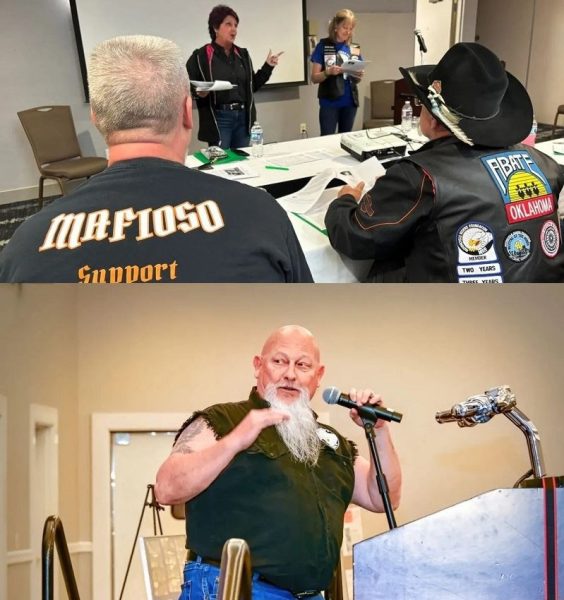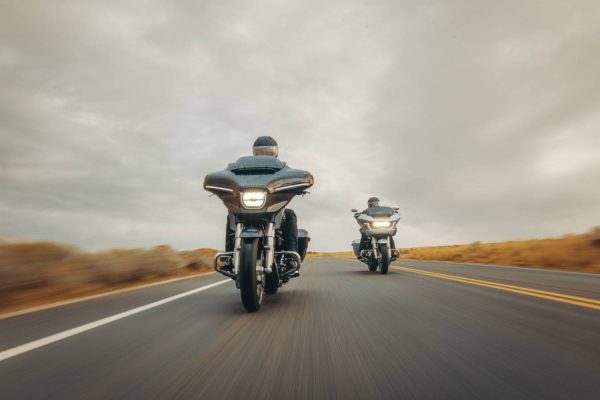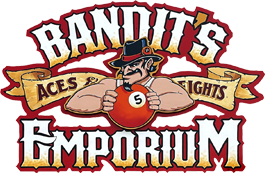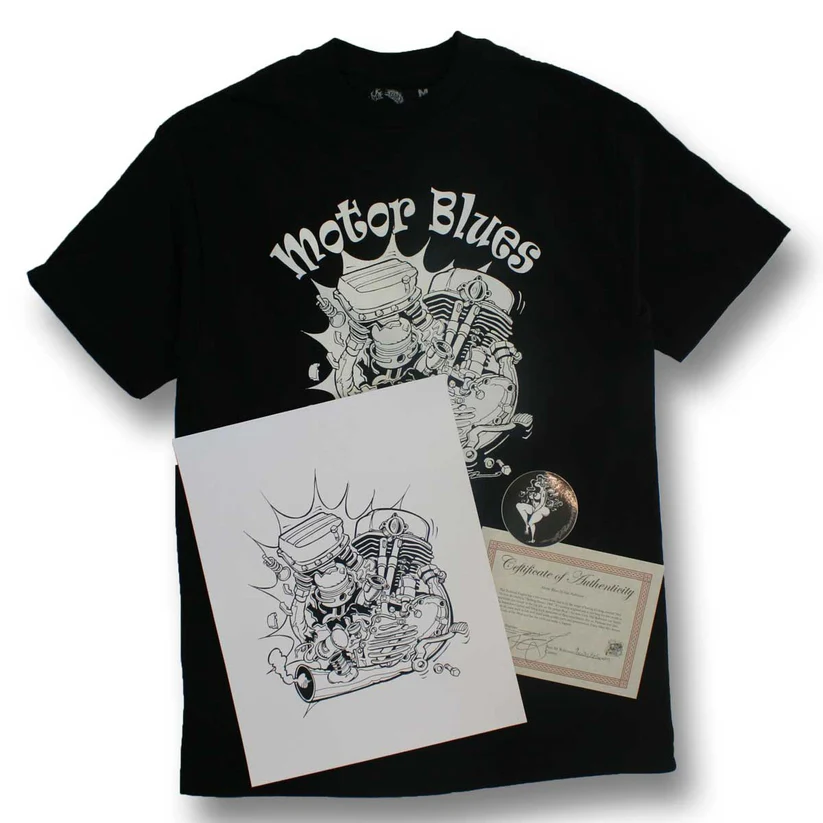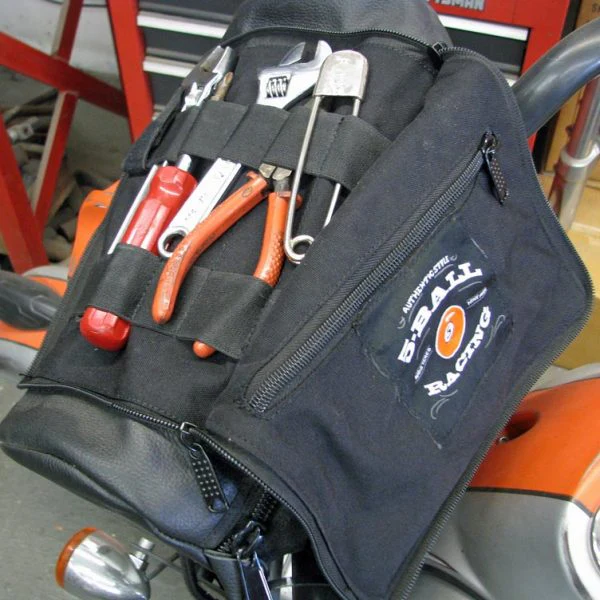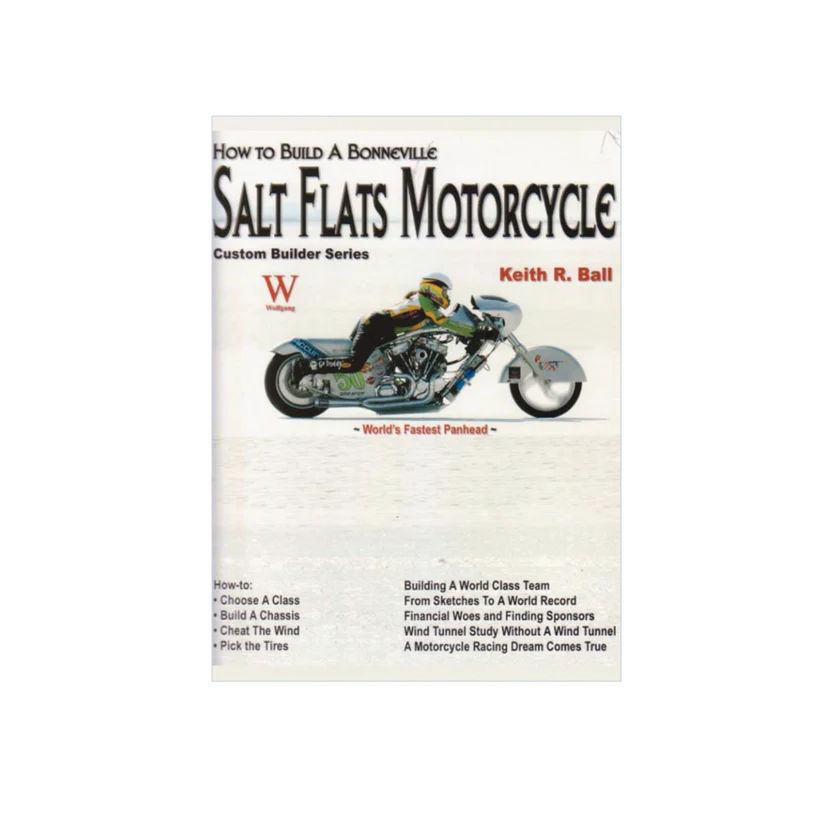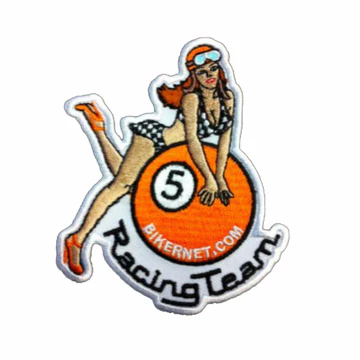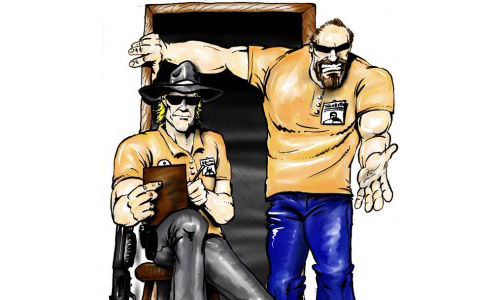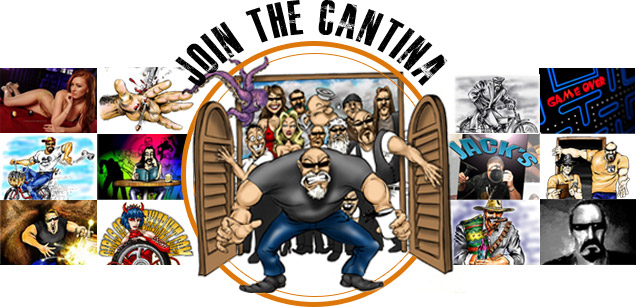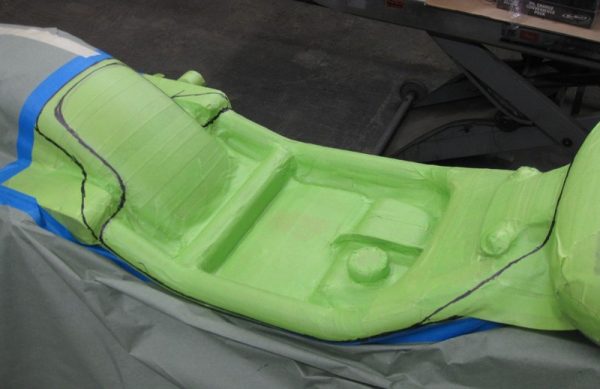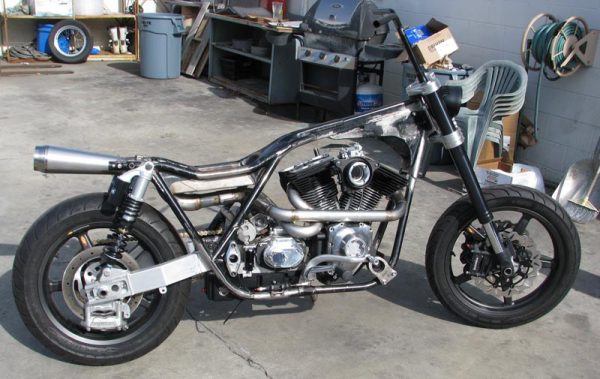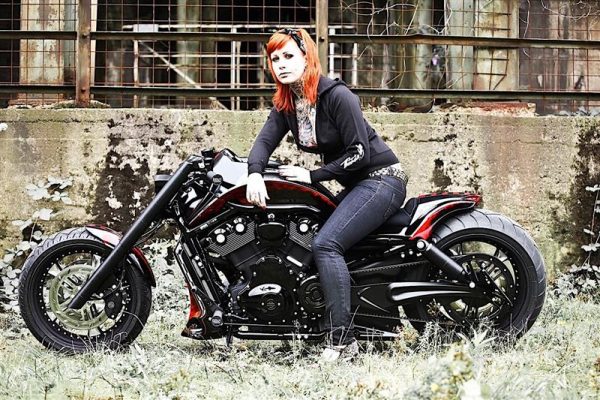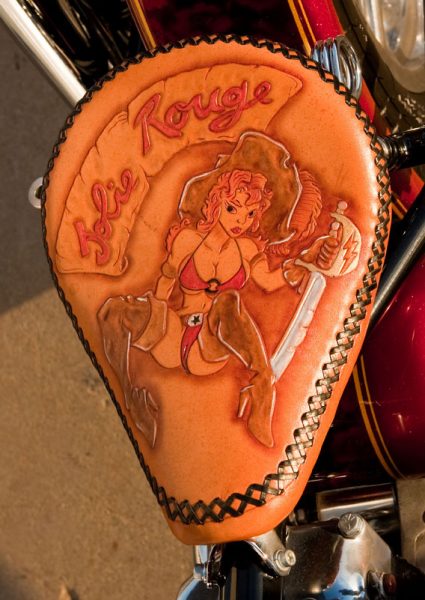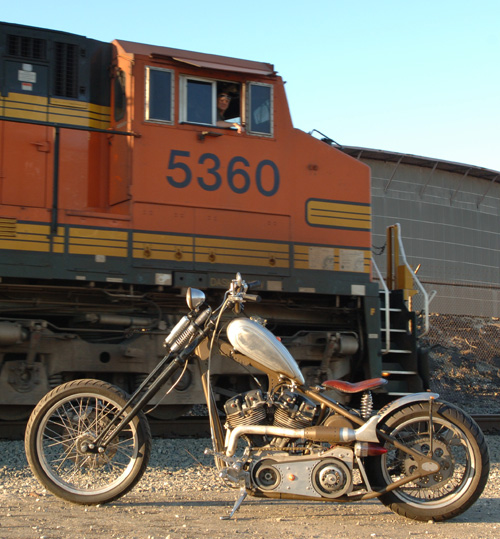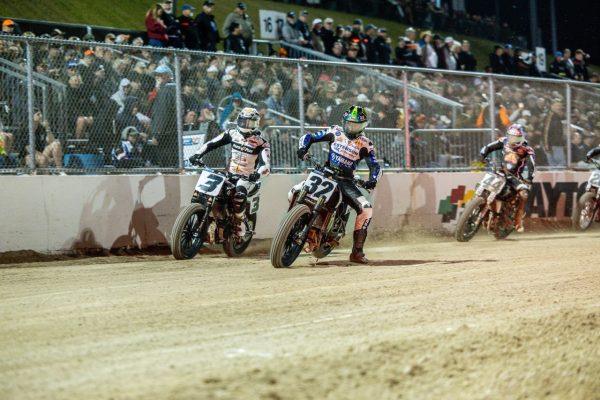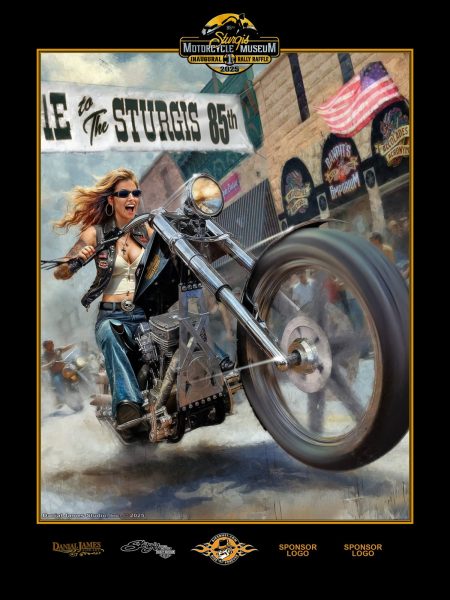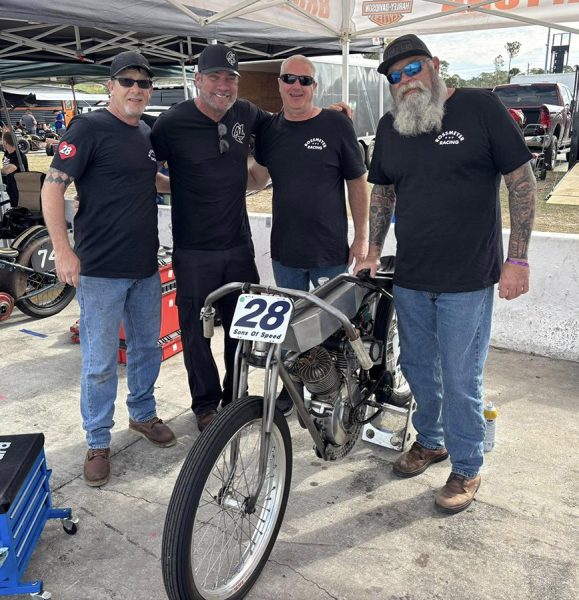Latest Articles
Nitro Harley Solutions at No Problem
Peery, Peterson and Dangrow Find Nitro Harley Solutions at No Problem Nitro Harley race coverage ...
DANIAL JAMES ART–A lifetime of creative endeavors
THE HISTORY OF DANIAL JAMES-- Danial James is no stranger to the Motorcycle world or ...
MRF Road Show Update
The Motorcycle Riders Foundation (MRF) “Road Show” continues to march on. In the last few ...
HARLEY-DAVIDSON LET’S RIDE CHALLENGE RIDE FOR HEROES KICKS OFF
HARLEY-DAVIDSON LET’S RIDE CHALLENGE RIDE FOR HEROES KICKS OFF MARCH 28 Make Every Mile Count ...
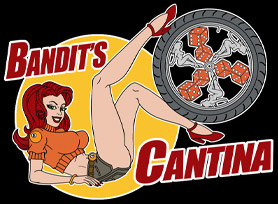
New in the Cantina
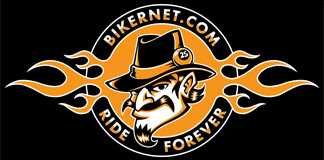
Weekly News
BIG QUESTION BIKERNET WEEKLY NEWS for April 7th, 2022
Hey,Is life nuts or what? We have a war in Europe. The UN is at ...
BIKERNET SUPPORTS UKRAINE WEEKLY NEWS for March 31st, 2022
Hey,I watched “Ukraine on Fire” last night, a documentary recommended by Sean Penn. For 92 ...
SPRING BREAK BIKERNET WEEKLY NEWS for March 24th, 2022
Hey,Another interesting day in Paradise.They finally found the time and the weather to pour the ...
ST. PADDY’S DAY BIKERNET WEEKLY NEWS for March 17th, 2022
Hey,This is going to get strange as if it isn’t already. You would think we ...
Tech Articles
BIKERNET SEAT TECH: With El Waggs and Saddlemen, Part 1
I’ve known Jim Waggaman of Air Stream Studios for maybe 30 years. He helped me ...
All New Classic 4-Speed Replacement Transmission from Baker
Bert Baker, the mad scientist behind the Baker product line.The Baker team understands the love ...
ULTIMATE FXR BUILD–from Bennett’s Performance, Part 2
A Southern California show, Born Free, is just six weeks away and there is a ...
Makin’ Custom Wheel Spacers From Narrow To Wide
<>I finally got "The Meanest" to send you these photos of the front endchange we ...
Bike Features
Harley-Davidson Track Racer Is an American Muscle Bike
The Harley-Davidson V-twin Racing Street Custom, or VRSC for short, is a bike like no ...
Pirates of Cucamonga Built the Jolie Rouge
Paul Cavallo and the gang at Spitfire Motorcycles have been hiding in the wings of ...
First Million-Mile Harley-Davidson
<imgsrc="http://www.bikernet.com/news/images/PhotoID3920.jpg" border=0Alt="hupybanner">Million Mile Harley-Davidson Former Wisconsin State Senator, Dave Zien, completed his 18 year journey ...
Bandit 2006 Sturgis Shovel
Editor's Note: You've seen the "American Iron" feature. Chris Maida, the editor, asked us to ...
Event Features
Nitro Harley Solutions at No Problem
Peery, Peterson and Dangrow Find Nitro Harley Solutions at No Problem Nitro Harley race coverage ...
Round 3 at Yamaha Senoia Short Track
Third Time’s a Charm? Gear Up for Round 3 at Yamaha Senoia Short Track, Where ...
THE STURGIS MOTORCYCLE MUSEUM’S FIRST INAUGURAL $125,000 FINE ART, S&S ENGINE RAFFLE EXTRAVAGANZA—
A FundRaising Program Worth over $125,000--Sponsored by Bikernet.com, Danial James Fine Art and Easyriders Magazine ...
SONS OF SPEED 2025 BIKE WEEK
Board Track Racing On The Banked New Smyrna Speedway Sons Of Speed founded by Billy ...
